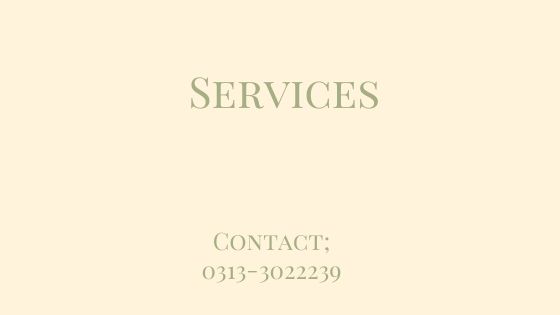Step by Step Guide to SEO , Checklist # 10
Checklist Point #10 – Inbound Link Profiles
Getting links back to your website has always been one of the main jobs for any webmaster. Although Google didn’t like it, they did tolerate the behavior, at least until they rolled out their Penguin. Overnight, established websites dropped from the rankings. Pages that had been holding the top slot for years suddenly disappeared. Google had done something that no-one believed they ever would. They started to enforce their guidelines relating to “link schemes”.
“Any links intended to manipulate a site's ranking in Google search results may be considered part of a link scheme. This includes any behavior that manipulates links to your site, or outgoing links from your site. Manipulating these links may affect the quality of our search results, and as such is a violation of Google’s Webmaster Guidelines.”
Finding Backlinks to Your Website There are several tools you can use, some free, some paid. However, the one you should all be used as part of your backlink search is Google Webmaster Tools (which is free).
Other Specific thing to look out for in your backlink profile
1. Diverse IPs – Is there a good spread of IP addresses for the pages that link to your website? A lot of links from very similar IP addresses may indicate a blog network, or links from self-owned domains.
2. Lots of links from the same domain could indicate
site-wide links that may need to be removed. If the site is authority and you get traffic from that site, then you might want to leave those links intact. If they are site-wide on low quality domains, then get them removed.
3. Too many keyword phrase anchor texts. Google Penguin is looking at the anchor text of inbound links. If you have a lot of links with the exact same anchor text, then is that natural? If it is the name of your site, then yes. If it is commercial keyword phrases that you want your site to rank for, then no. In 2012, anchor text links became a lot less important. My advice is to water these down significantly and aim for links designed to increase your authority, i.e., using your domain name, brand name or domain URL as the anchor text.
4. Too many backlinks on low-quality directories. We mentioned this earlier.
5. Backlinks from spun content. This is a huge problem if you ever used
automated backlink software to create backlinks using spun content. The spun content is one of the deadly sins of SEO and Google is on the warpath. They are getting better and better at detecting it, so if you find backlinks in spun content, do your best to get them taken down. Sometimes this type of backlink is easy to spot by looking at the titles of the pages containing the backlinks
Inbound Link Profile Checklist
Check the links pointing to your site using the tools mentioned in this book. If you only use one, I'd recommend GWT. Have you participated in link schemes? This includes: • Buying or selling links to pass Page Rank? Get rid of paid links.
• Do you have a partner/resources page on your site containing reciprocal links? Remove all links that are reciprocated.
• Are you linking (knowingly or unknowingly perhaps via the comments system) to bad neighborhoods? Get these links removed
• Do you have backlinks created by automated tools? Try to get these taken down.
• Are backlinks coming in from content that was spun? Try to get these taken down.
• Are the backlinks found in the body of articles linking to your site using keyword rich anchor text? If so, I'd recommend you change these keyword links and use your domain name, brand name, domain URL or title/headline of the article as the link text.
• Are there low-quality directory or bookmarking links? These will cause you trouble and if you cannot remove them, they should be added to your list of links to disavow if you eventually have to do that.
• Are there any backlinks to your site from themes or widgets that you have created? If so, you need to deactivate those links.
• Are there any links on your website that link out to other websites from themes or widgets you may be using? If so, remove
them.
• Are there site-wide links pointing to your site from low-quality websites? If so, they need to be removed. Site-wide links from high-quality websites are probably OK, and I wouldn't remove those except as a last resort.
• Are your links from a diverse set of IP addresses? If not, get more links on different IP addresses.
• Do you have links from other websites you own? Are those links purely to help your pages rank better or is there a good reason to cross-link. If there is no good
reason to cross-link the sites, remove those links.
• Are there lots of link from the same domain? If the domain is low quality, get them removed.
• Is there a high percentage of inbound links using keywords phrases you are targeting as anchor text? If so, I'd advise you to water these down. Include more links that use the domain/brand name, URL or title/headline of the content you are linking to
For Services on SEO you can visit https://bit.ly/2VOwW3h
(Article is taken from SEO checklist from ANDY Williams)


Comments
Post a Comment
Please do not Spam